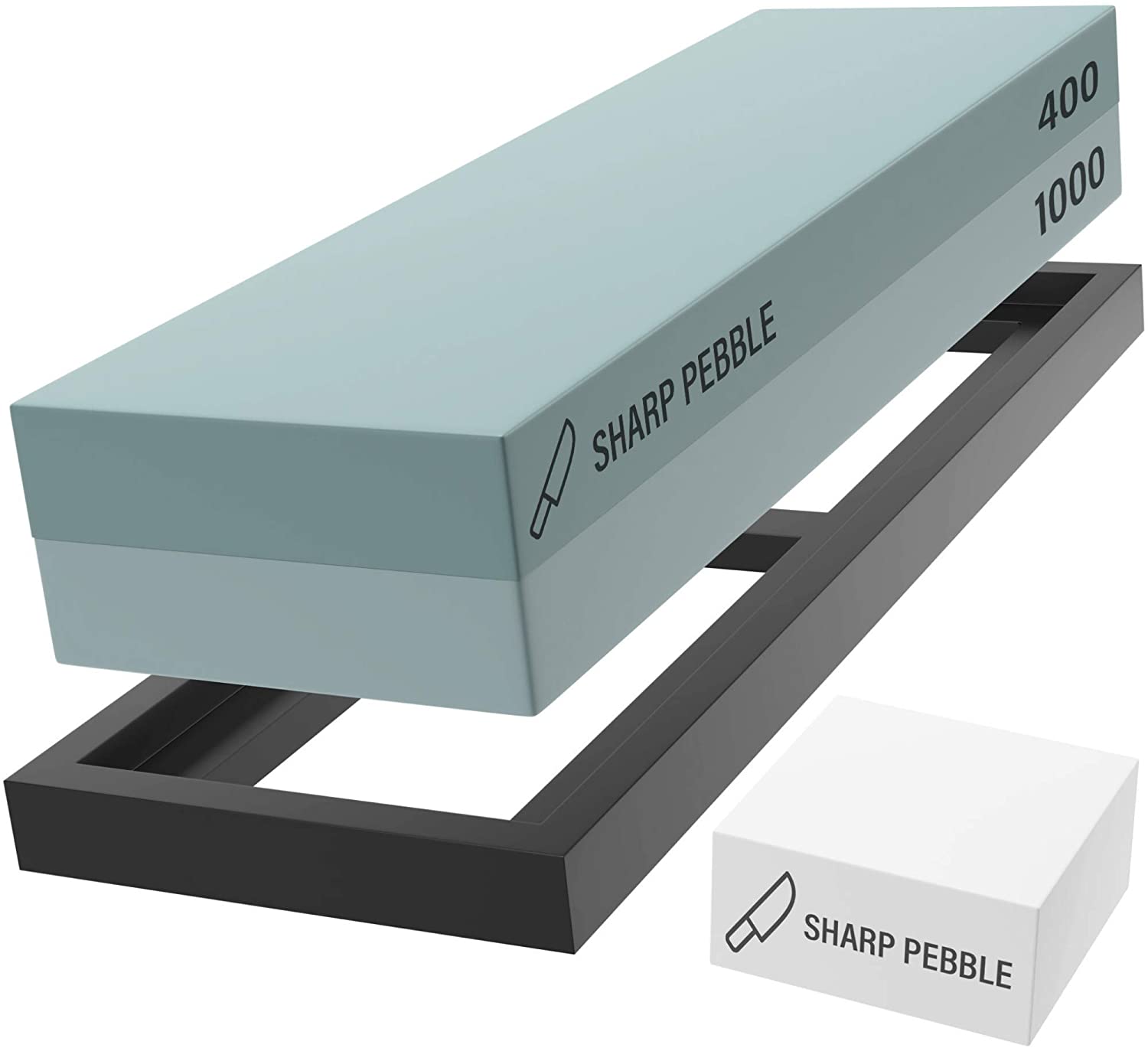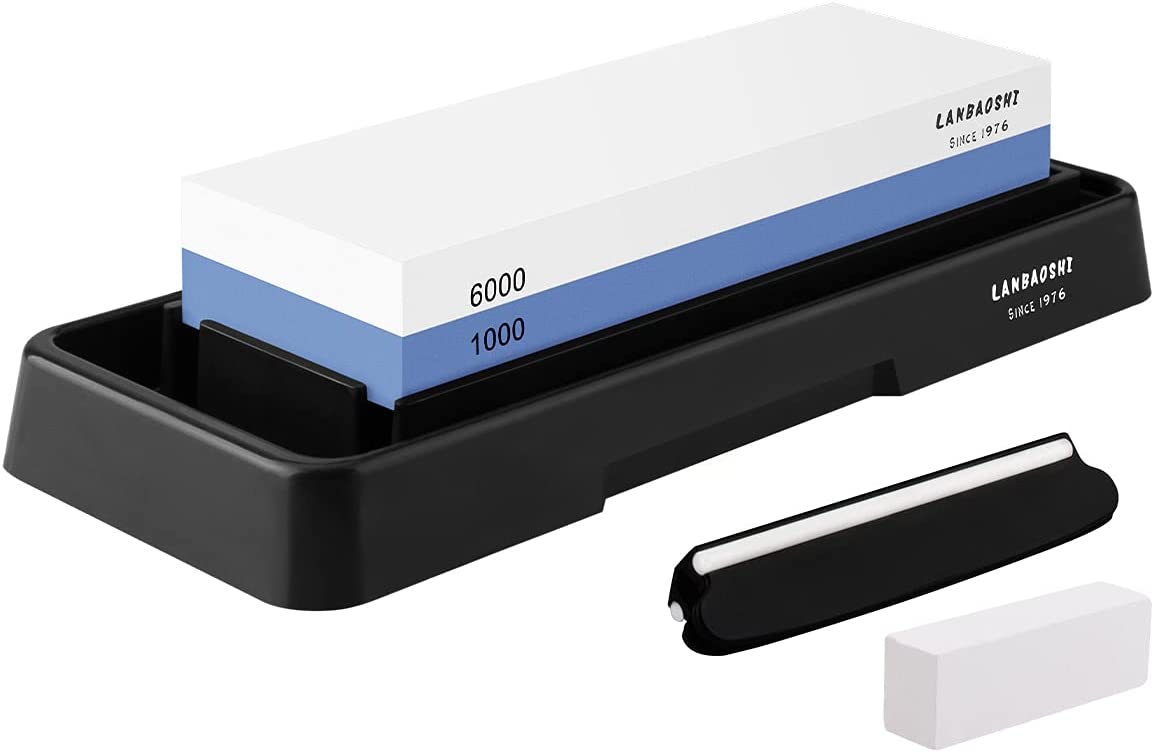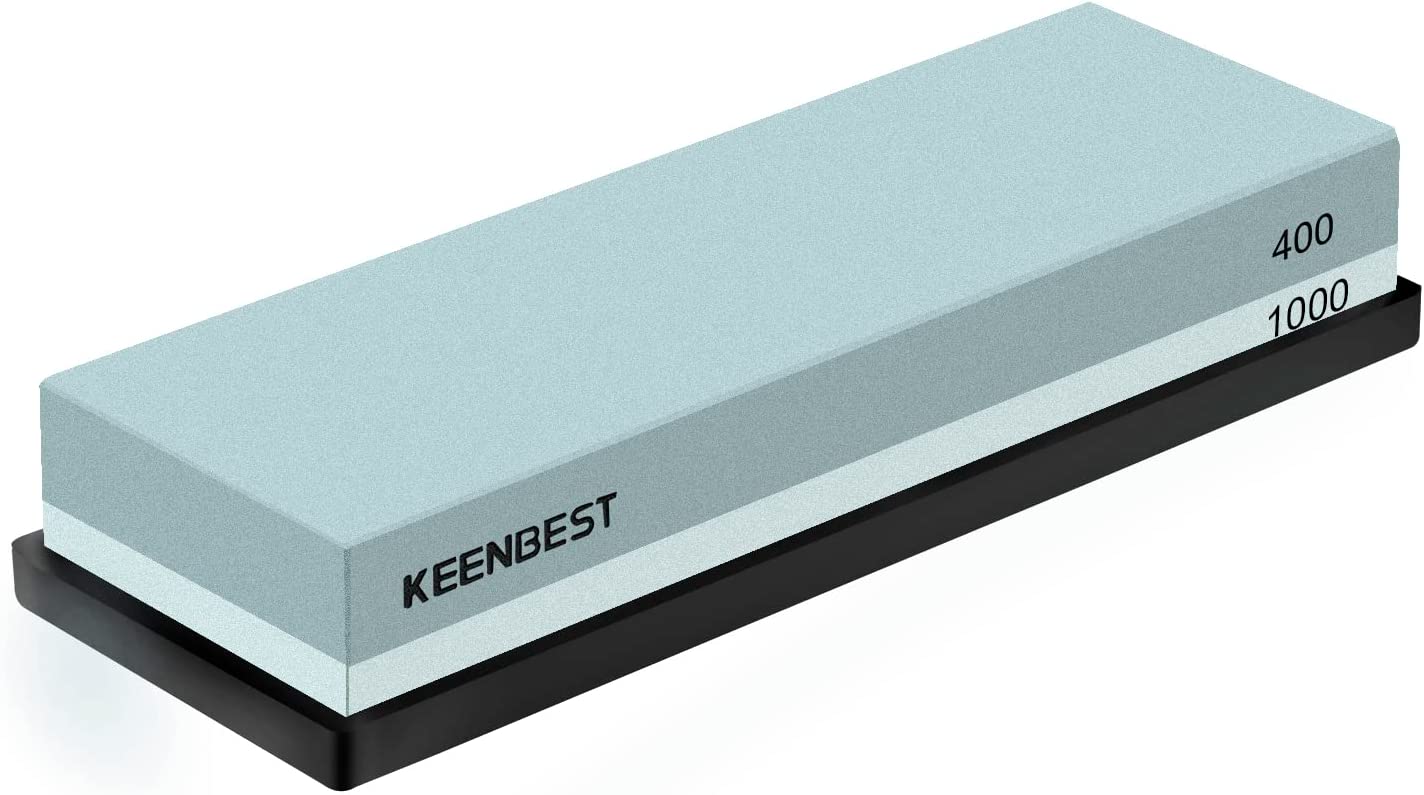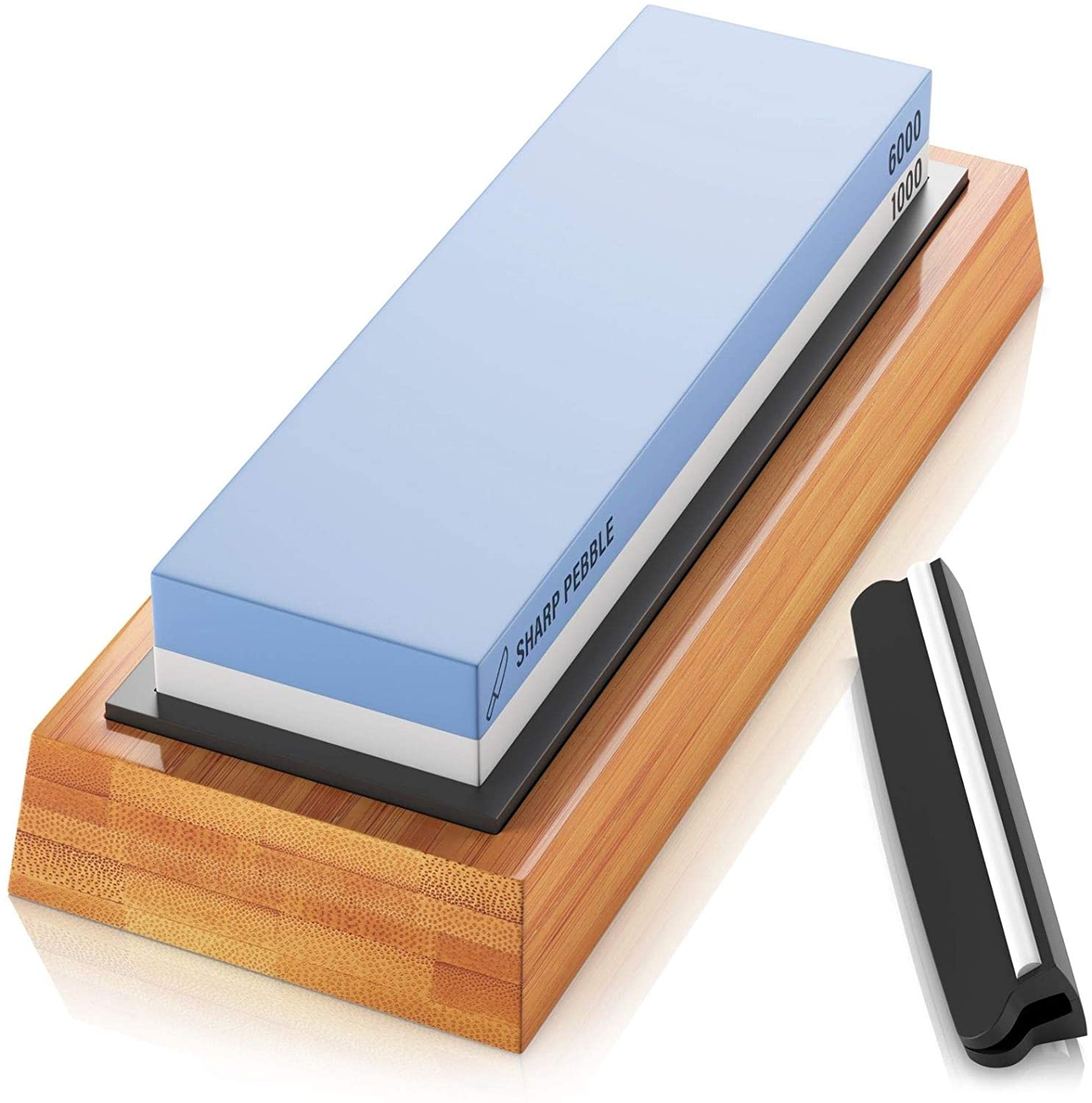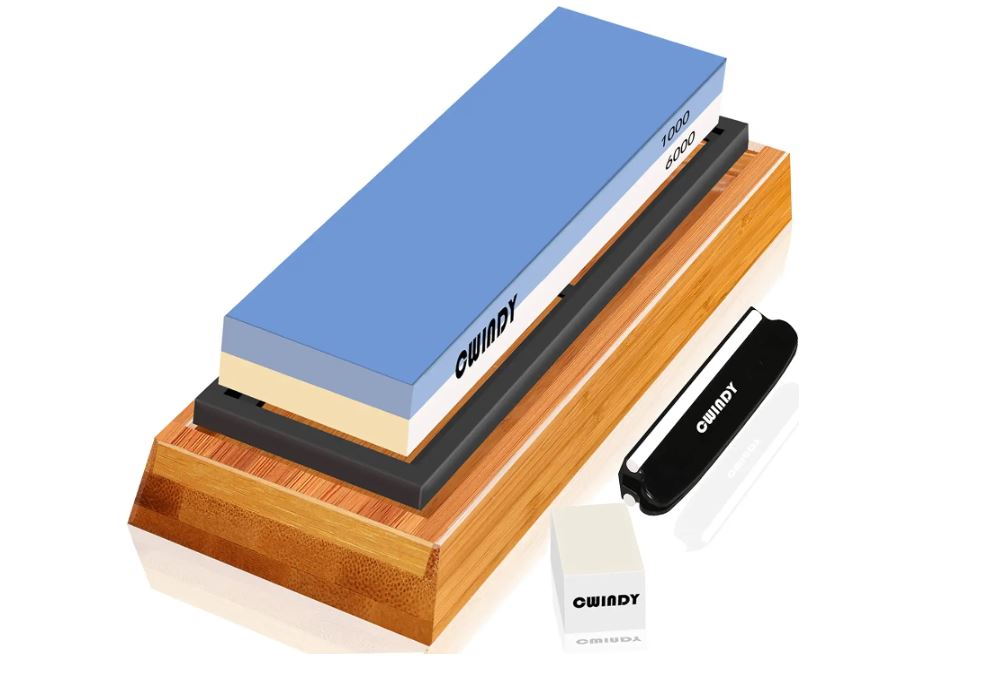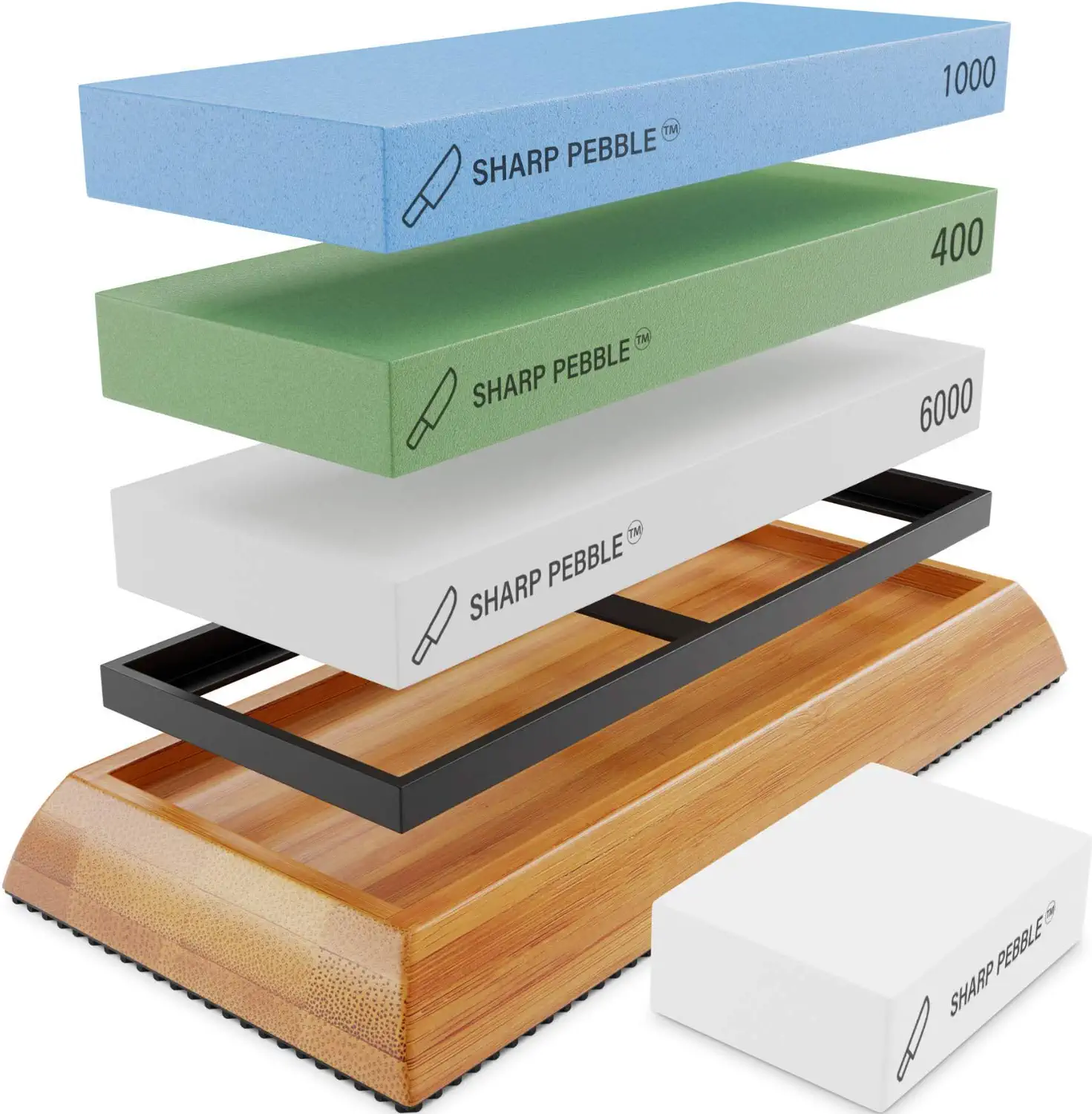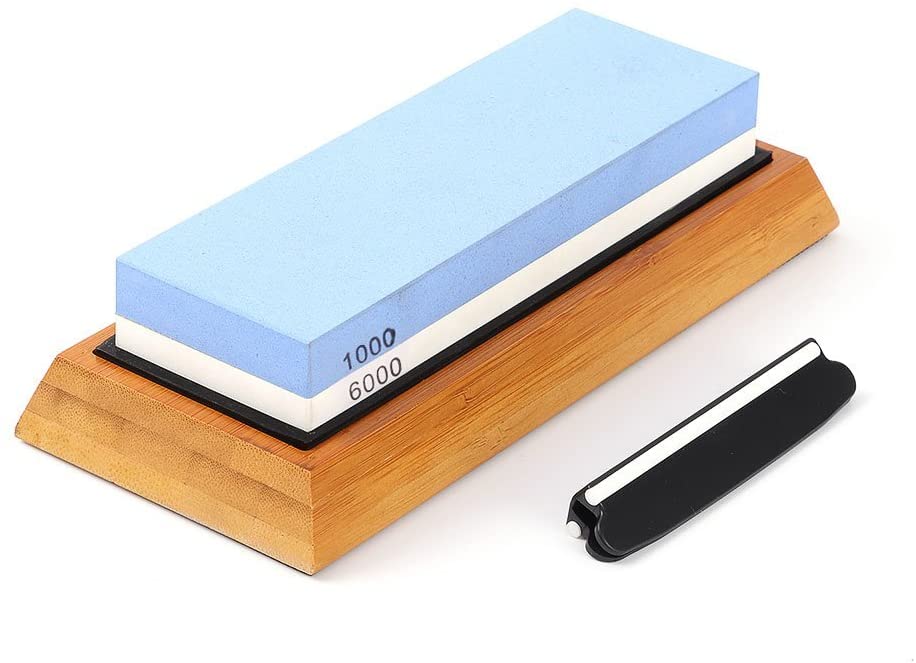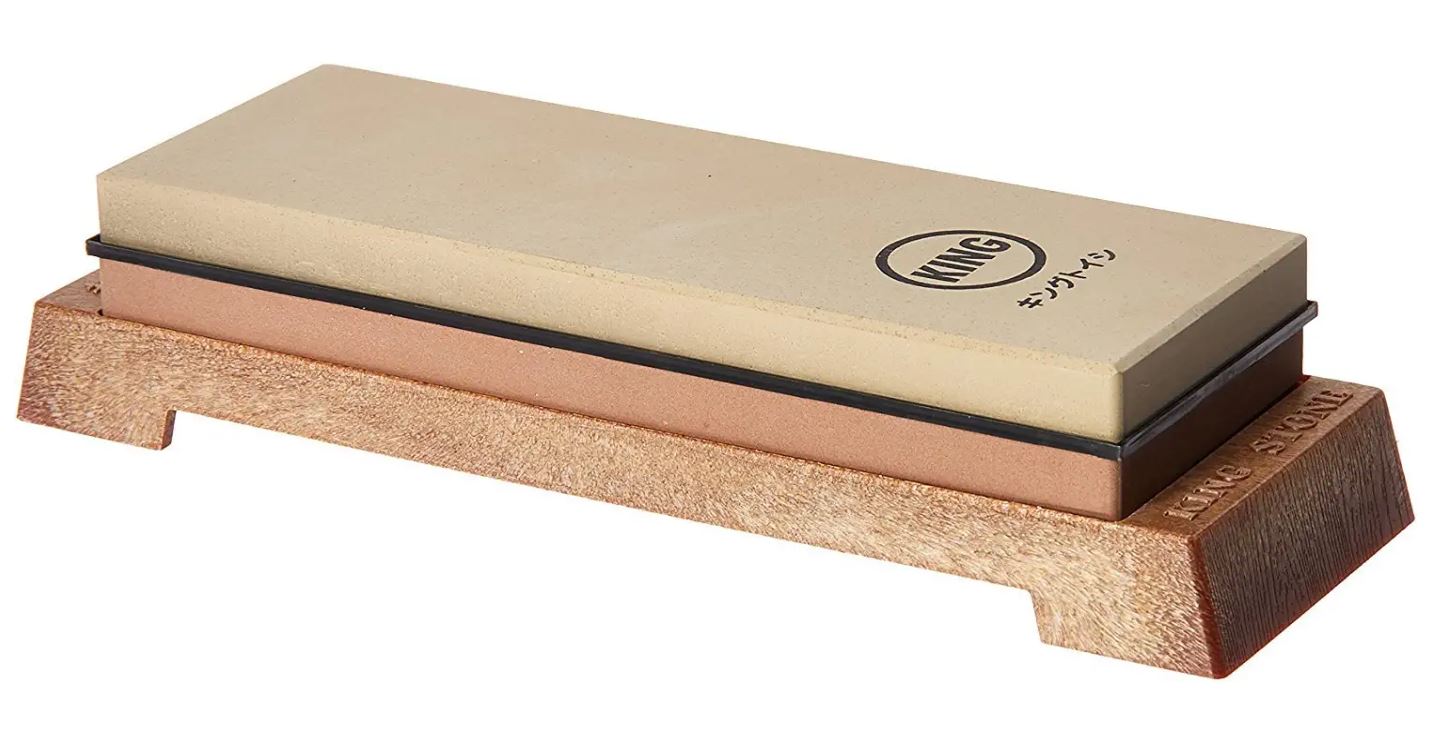Sharp Pebble Restorative Polishing Whetstone
Last updated: November 20, 2023
If you need a whetstone that gets your knife as sharp as possible, this one offers two levels of coarseness and works with water to allow for quicker sharpening. You also get a flattening stone.
We looked at the top Whetstones and dug through the reviews from some of the most popular review sites. Through this analysis, we've determined the best Whetstone you should buy.
Product Details
Key Takeaway: Designed to handle the dullest knives, this whetstone helps you get a smoother edge and doesn't compromise on quality.
In our analysis of 14 expert reviews, the Sharp Pebble Restorative Polishing Whetstone placed 4th when we looked at the top 8 products in the category. For the full ranking, see below.Expert Reviews
What reviewers liked
Guaranteed quality and longevity. Enhanced sharpness. Versatile combination stone.
What reviewers didn't like
Relatively costly.
View our Whetstone buying guide for in-depth advice and recommendations.
